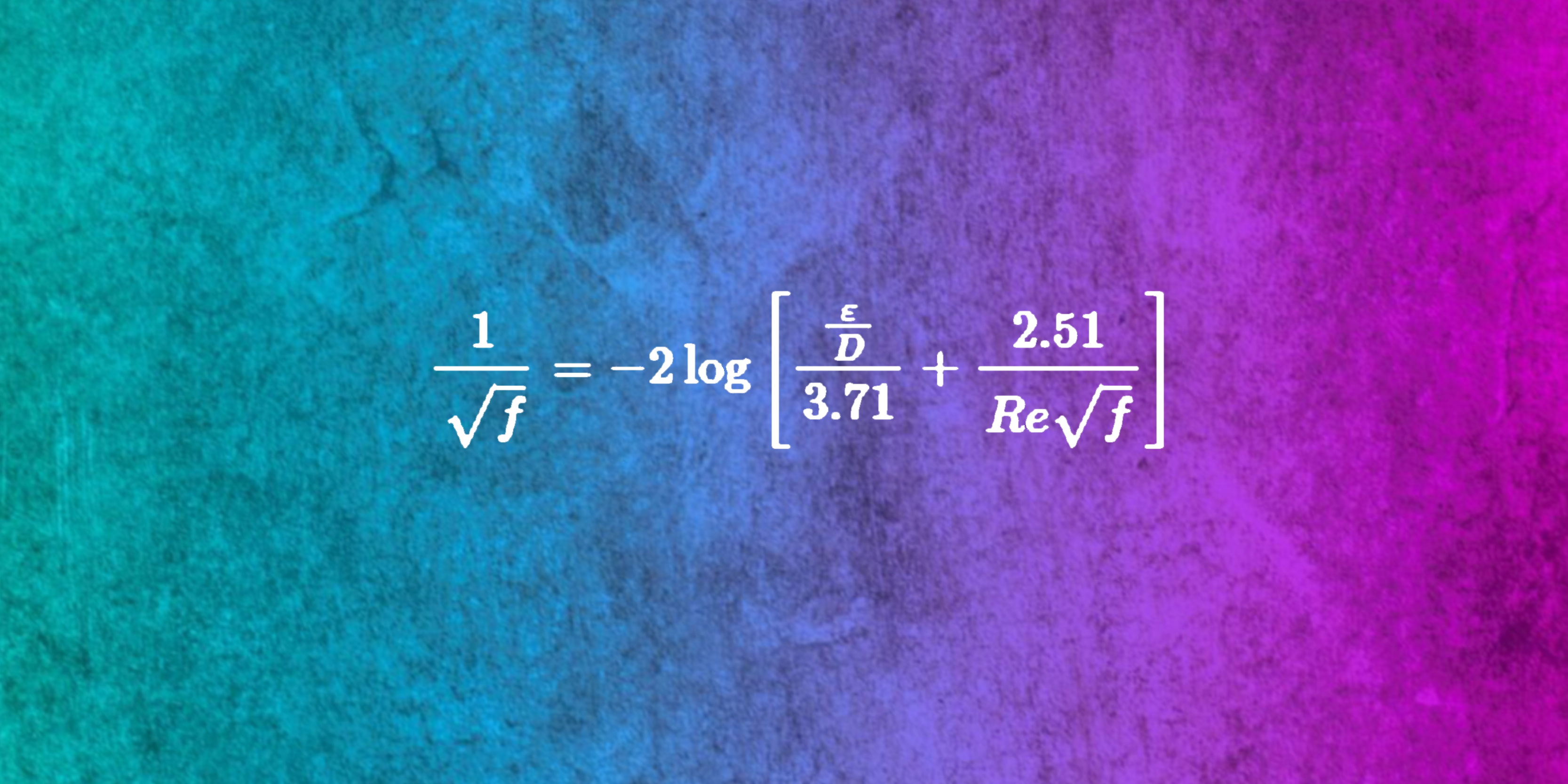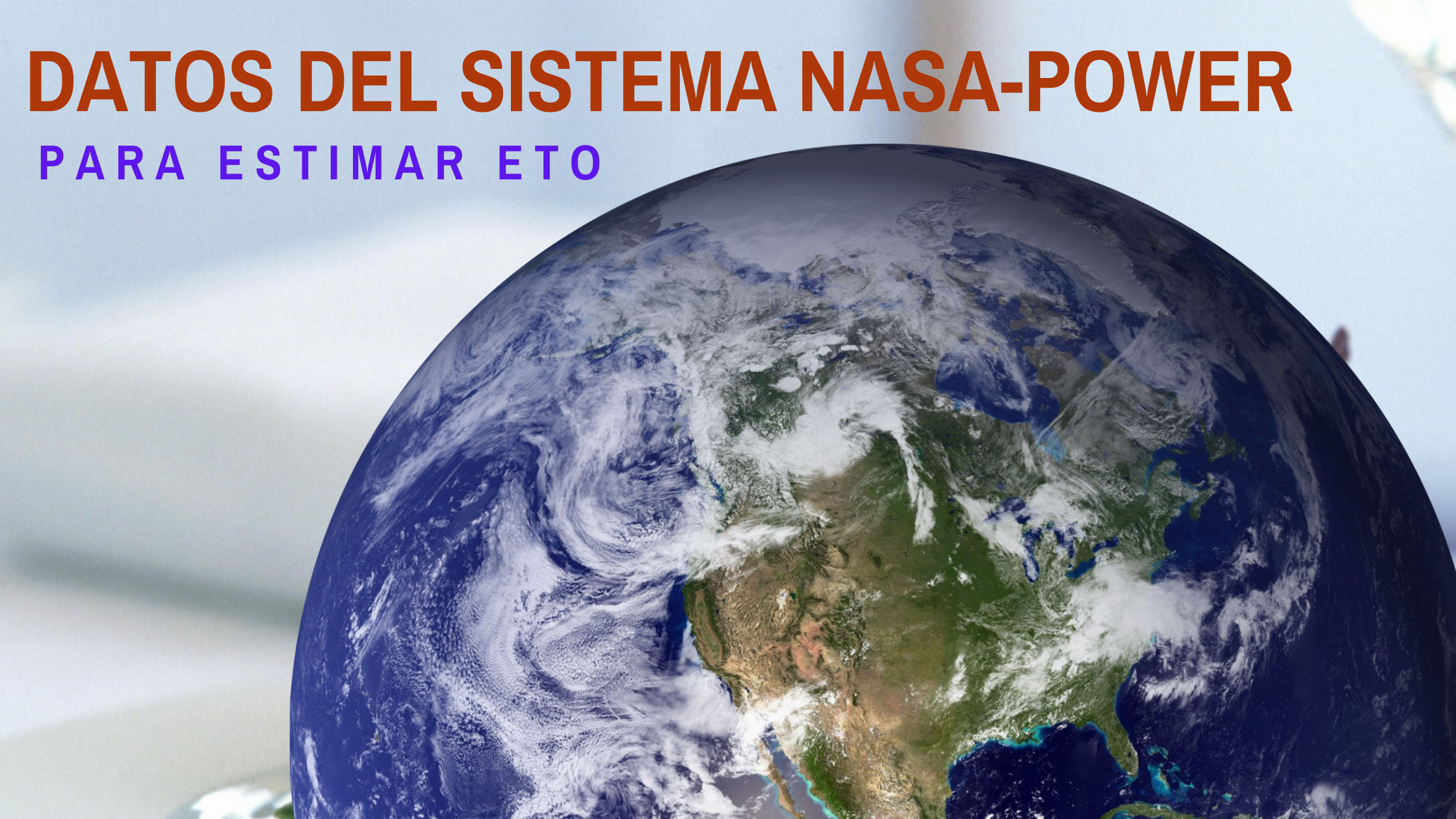LOS ÍNDICES DE VEGETACIÓN Y EL USO DE DATOS DE REANÁLISIS METEOROLÓGICO APLICADOS A LA AGRICULTURA
Introducción
En la agricultura de precisión, el uso de tecnologías avanzadas, como los sensores remotos y diversos dispositivos, se ha vuelto esencial para optimizar la productividad de los cultivos y asegurar un uso eficiente de los recursos naturales. Estas tecnologías, junto con los datos de reanálisis meteorológico, están transformando la manera en que se realiza el monitoreo agrícola. Gracias a los modelos calibrados, se logra una gestión más eficiente de los recursos, especialmente en el manejo del agua, uno de los recursos más críticos en la agricultura.
Uno de los elementos fundamentales en esta revolución tecnológica son los índices de vegetación, como el NDVI (Índice de Vegetación de Diferencia Normalizada), que, combinado con los datos de reanálisis meteorológico, permite una evaluación precisa de la salud de los cultivos. Los índices de vegetación, basados en imágenes satelitales, ofrecen una visión clara del desarrollo de los cultivos, mientras que los datos de reanálisis, como la temperatura, precipitación y viento, brindan información climática precisa y de largo plazo. Al integrar ambos tipos de datos, es posible estimar parámetros clave como la evapotranspiración, lo que permite optimizar el manejo del riego, mejorar la eficiencia en el uso del agua y, en última instancia, aumentar la productividad agrícola.
Además, estos datos proporcionan una solución viable para regiones donde la disponibilidad de datos in situ es limitada, permitiendo un seguimiento más preciso del estado de los cultivos y el clima. Esto, a su vez, facilita la toma de decisiones informadas y más eficientes para los productores agrícolas. En este contexto, la combinación de índices de vegetación y datos de reanálisis meteorológico representa un avance importante en la agricultura de precisión.
Índices de Vegetación en la Agricultura
Las imágenes multiespectrales derivadas de sensores remotos permiten realizar operaciones entre bandas para crear imágenes que se pueden utilizar para interpretar o analizar variables específicas de interés. Estas combinaciones entre bandas, denominadas Índices de Vegetación (IVs), son herramientas simples y eficaces para evaluaciones tanto cuantitativas como cualitativas en diversas aplicaciones agrícolas. Entre ellas se incluyen la estimación de la fracción de cobertura vegetal, el índice de área foliar, el coeficiente de cultivo, la evapotranspiración, el vigor o la dinámica de crecimiento de los cultivos, entre otras.

Datos de reanálisis en la agricultura
Referencias Bibliográficas
Allen, R. G., Dhungel, R., Dhungana, B., Huntington, J., Kilic, A., & Morton, C. (2021). Conditioning point and gridded weather data under aridity conditions for calculation of reference evapotranspiration. Agricultural Water Management, 245, 106531. https://doi.org/10.1016/J.AGWAT.2020.106531Blankenau, P. A., Kilic, A., & Allen, R.
(2020). An evaluation of gridded weather data sets for the purpose of
estimating reference evapotranspiration in the United States. Agricultural
Water Management, 242(2020), 109376.
https://doi.org/10.1016/j.agwat.2020.106376
Bolton, D. K., & Friedl, M. A. (2013).
Forecasting crop yield using remotely sensed vegetation indices and crop
phenology metrics. Agricultural and Forest Meteorology.
https://doi.org/10.1016/j.agrformet.2013.01.007
Dari, J., Modanesi, S., Massari, C., Koch, J.,
Girotto, M., Jaafar, H., Mourad, R., & Sujud, L. (2022). AgSAT: A Smart
Irrigation Application for Field-Scale Daily Crop ET and Water Requirements
Using Satellite Imagery. Remote Sensing 2022, Vol. 14, Page 5090, 14(20),
5090. https://doi.org/10.3390/RS14205090
Gitelson, A. A. (2004). Wide Dynamic Range
Vegetation Index for Remote Quantification of Biophysical Characteristics of
Vegetation. Journal of Plant Physiology, 161(2), 165–173.
https://doi.org/10.1078/0176-1617-01176
Gitelson, A. A., Kaufman, Y. J., &
Merzlyak, M. N. (1996). Use of a green channel in remote sensing of global
vegetation from EOS-MODIS. Remote Sensing of Environment, 58(3),
289–298. https://doi.org/10.1016/S0034-4257(96)00072-7
Gitelson, A. A., Kaufman, Y. J., Stark, R.,
& Rundquist, D. (2002). Novel algorithms for remote estimation of
vegetation fraction. Remote Sensing of Environment, 80(1),
76–87. https://doi.org/10.1016/S0034-4257(01)00289-9
Gitelson, A. A., Viña, A., Arkebauer, T. J.,
Rundquist, D. C., Keydan, G., & Leavitt, B. (2003). Remote estimation of
leaf area index and green leaf biomass in maize canopies. Geophysical
Research Letters, 30(5), 1248. https://doi.org/10.1029/2002GL016450
Gitelson, A. A., Wardlow, B. D., Keydan, G.
P., & Leavitt, B. (2007). An evaluation of MODIS 250-m data for green LAI
estimation in crops. Geophysical Research Letters, 34, L20403.
https://doi.org/10.1029/2007GL031620
Glenn, E. P., Nagler, P. L., & Huete, A.
R. (2010). Vegetation Index Methods for Estimating Evapotranspiration by
Remote Sensing. Surveys in Geophysics, 31(6), 531–555.
https://doi.org/10.1007/S10712-010-9102-2/FIGURES/5
Guzinski, R. (2010). Comparison of
vegetation indices to determine their accuracy in predicting spring phenology
of Swedish ecosystems.
Haboudane, D., Miller, J. R., Pattey, E., Zarco-Tejada, P. J., &
Strachan, I. B. (2004). Hyperspectral
vegetation indices and novel algorithms for predicting green LAI of crop
canopies: Modeling and validation in the context of precision agriculture. Remote
Sensing of Environment, 90(3), 337–352.
https://doi.org/10.1016/j.rse.2003.12.013
Huang, S., Tang, L., Hupy, J. P., Wang, Y.,
& Shao, G. (2021). A commentary review on the use of normalized difference
vegetation index (NDVI) in the era of popular remote sensing. Journal of
Forestry Research, 32(1), 1–6.
https://doi.org/10.1007/S11676-020-01155-1/FIGURES/2
Huete, A., Didan, K., Miura, T., Rodriguez, E.
P., Gao, X., & Ferreira, L. G. (2002). Overview of the radiometric and
biophysical performance of the MODIS vegetation indices. Remote Sensing of
Environment, 83(1–2), 195–213.
https://doi.org/10.1016/S0034-4257(02)00096-2
Huete, A. R. (1988). A soil-adjusted
vegetation index (SAVI). Remote Sensing of Environment, 25(3),
295–309. https://doi.org/10.1016/0034-4257(88)90106-X
Jiang, Z., Huete, A. R., Didan, K., & Miura, T. (2008). Development of a two-band enhanced vegetation
index without a blue band. Remote Sensing of Environment, 112(10),
3833–3845. https://doi.org/10.1016/J.RSE.2008.06.006
Jiapaer, G., Chen, X., & Bao, A. (2011). A
comparison of methods for estimating fractional vegetation cover in arid
regions. Agricultural and Forest Meteorology, 151(12), 1698–1710. https://doi.org/10.1016/j.agrformet.2011.07.004
Jiménez-Jiménez, S. I., Marcial-Pablo, M. de J., Ojeda-Bustamante, W.,
Sifuentes-Ibarra, E., Inzunza-Ibarra, M. A., & Sánchez-Cohen, I. (2022). VICAL: Global Calculator to Estimate
Vegetation Indices for Agricultural Areas with Landsat and Sentinel-2 Data. Agronomy
2022, Vol. 12, Page 1518, 12(7), 1518.
https://doi.org/10.3390/AGRONOMY12071518
Kaufman, Y. J., & Tanré, D. (1992).
Atmospherically Resistant Vegetation Index (ARVI) for EOS-MODIS. IEEE
Transactions on Geoscience and Remote Sensing, 30(2), 261–270.
https://doi.org/10.1109/36.134076
Kross, A., McNairn, H., Lapen, D., Sunohara,
M., & Champagne, C. (2015). Assessment of RapidEye vegetation indices for
estimation of leaf area index and biomass in corn and soybean crops. International
Journal of Applied Earth Observation and Geoinformation, 34,
235–248. https://doi.org/10.1016/j.jag.2014.08.002
Laipelt, L., Henrique Bloedow Kayser, R.,
Santos Fleischmann, A., Ruhoff, A., Bastiaanssen, W., Erickson, T. A., &
Melton, F. (2021). Long-term monitoring of evapotranspiration using the SEBAL
algorithm and Google Earth Engine cloud computing. ISPRS Journal of
Photogrammetry and Remote Sensing, 178, 81–96.
https://doi.org/10.1016/J.ISPRSJPRS.2021.05.018
Negm, A., Minacapilli, M., & Provenzano, G. (2018). Downscaling of American National Aeronautics
and Space Administration (NASA) daily air temperature in Sicily, Italy, and
effects on crop reference evapotranspiration. Agricultural Water Management.
https://doi.org/10.1016/j.agwat.2018.07.016
Pelosi, A., Terribile, F., D’Urso, G., &
Battista, G. (2020). Comparison of ERA5-Land and UERRA MESCAN-SURFEX
reanalysis data with spatially interpolated weather observations for the
regional assessment of reference evapotranspiration. Water (Switzerland),
12(6), 1669. https://doi.org/10.3390/W12061669
Pôças, I., Calera, A., Campos, I., &
Cunha, M. (2020). Remote sensing for estimating and mapping single and basal
crop coefficientes: A review on spectral vegetation indices approaches. Agricultural
Water Management, 233, 106081.
https://doi.org/10.1016/J.AGWAT.2020.106081
Qi, J., Chehbouni, A., Huete, A. R., Kerr, Y.
H., & Sorooshian, S. (1994). A modified soil adjusted vegetation index. Remote
Sensing of Environment, 48(2), 119–126. https://doi.org/10.1016/0034-4257(94)90134-1
Rafn, E. B., Contor, B., & Ames, D. P.
(2008). Evaluation of a Method for Estimating Irrigated
Crop-Evapotranspiration Coefficients from Remotely Sensed Data in Idaho. Journal
of Irrigation and Drainage Engineering, 34, 722–729.
https://doi.org/10.1061/(asce)0733-9437(2008)134:6(722)
Richardson, A. J., & Wiegand, C. L.
(1977). Distinguishing vegetation from soil background information. Photogrammetric
Engineering & Remote Sensing, 43(12), 1541–155.
Rondeaux, G., Steven, M., & Baret, F.
(1996). Optimization of soil-adjusted vegetation indices. Remote Sensing of
Environment, 55(2), 95–107.
https://doi.org/10.1016/0034-4257(95)00186-7
Rood, R. B., & Bosilovich, M. G. (2010).
Reanalysis: Data assimilation for scientific investigation of climate. Data
Assimilation: Making Sense of Observations, 623–646.
https://doi.org/10.1007/978-3-540-74703-1_23/FIGURES/8
Roujean, J. L., & Breon, F. M. (1995).
Estimating PAR absorbed by vegetation from bidirectional reflectance
measurements. Remote Sensing of Environment, 51(3), 375–384.
https://doi.org/10.1016/0034-4257(94)00114-3
Rouse, J. W., Haas, R. H., Schell, J. A.,
& Deering, D. W. (1973). Monitoring Vegetation Systems in the Great Plains
with ERTS. In S. Freden, E. Mercanti, & M. Becker (Eds.), Proceedings
of Third ERTS Symposium (pp. 309–317).
Sifuentes-Ibarra, E., Ojeda-Bustamante, W., Ontiveros-Capurata, R. E.,
& Sánchez-Cohen, I. (2020). Improving
the monitoring of corn phenology in large agricultural areas using remote
sensing data series. Spanish Journal of Agricultural Research, 18(3),
e1204–e1204. https://doi.org/10.5424/SJAR/2020183-16269
Singh, R. K., & Irmak, A. (2009).
Estimation of Crop Coefficients Using Satellite Remote Sensing. Journal of
Irrigation and Drainage Engineering, 135(5), 597–608.
https://doi.org/10.1061/(ASCE)IR.1943-4774.0000052
Viña, A., Gitelson, A. A., Rundquist, D. C.,
Keydan, G., Leavitt, B., & Schepers, J. (2004). Monitoring maize (Zea mays
L.) phenology with remote sensing. Agronomy Journal, 96(4),
1139–1147. https://doi.org/10.2134/agronj2004.1139
Xue, J., & Su, B. (2017). Significant
remote sensing vegetation indices: A review of developments and applications. Journal
of Sensors, 2017. https://doi.org/10.1155/2017/1353691
Yang, L., Jia, K., Liang, S., Wei, X., Yao,
Y., & Zhang, X. (2017). A robust algorithm for estimating surface
fractional vegetation cover from landsat data. Remote Sensing, 9(8).
https://doi.org/10.3390/rs9080857
Zhang, Y., Han, W., Niu, X., & Li, G.
(2019). Maize Crop Coefficient Estimated from UAV-Measured Multispectral
Vegetation Indices. Sensors, 19(23),
5250. https://doi.org/10.3390/s19235250
.png)







.png)



Comentarios
Publicar un comentario
déjanos tus comentario